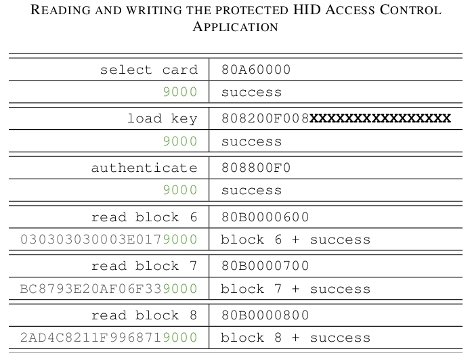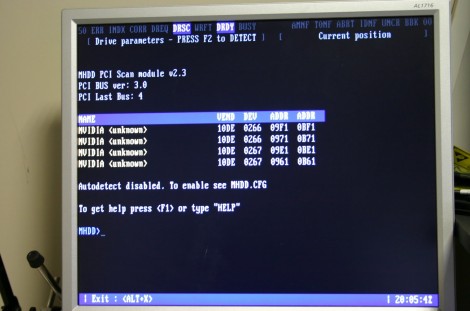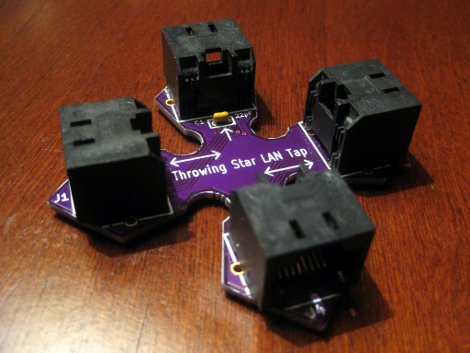
The Chronos watch from Texas Instruments is a handy little piece of hardware if placed in the right hands. If you are not familiar with the platform, it is marketed as a “wearable wireless development system that comes in a sports watch”. In plain English, it’s a wearable wireless MCU mated with a 96 segment LCD, that boasts an integrated pressure sensor and 3-axis accelerometer. It is capable of running custom firmware, which allows it to do just about anything you would like.
[Huan Trong] wanted to take advantage of Google’s new two-factor authentication, and decided his Chronos would make a great fob, since he would likely be wearing the watch most of the time anyhow. He put together some custom firmware that allows the watch to function as an authentication fob, providing the user with a valid Google passcode on command.
He does warn that the software is alpha code at best, stating that it doesn’t even allow the watch to keep time at the moment. We are definitely looking forward to seeing more code in the near future, keep up the great work!
Be sure to stick around to see a video of his watch in action.
Continue reading “Google Two-factor Authentication In A Wristwatch”
















